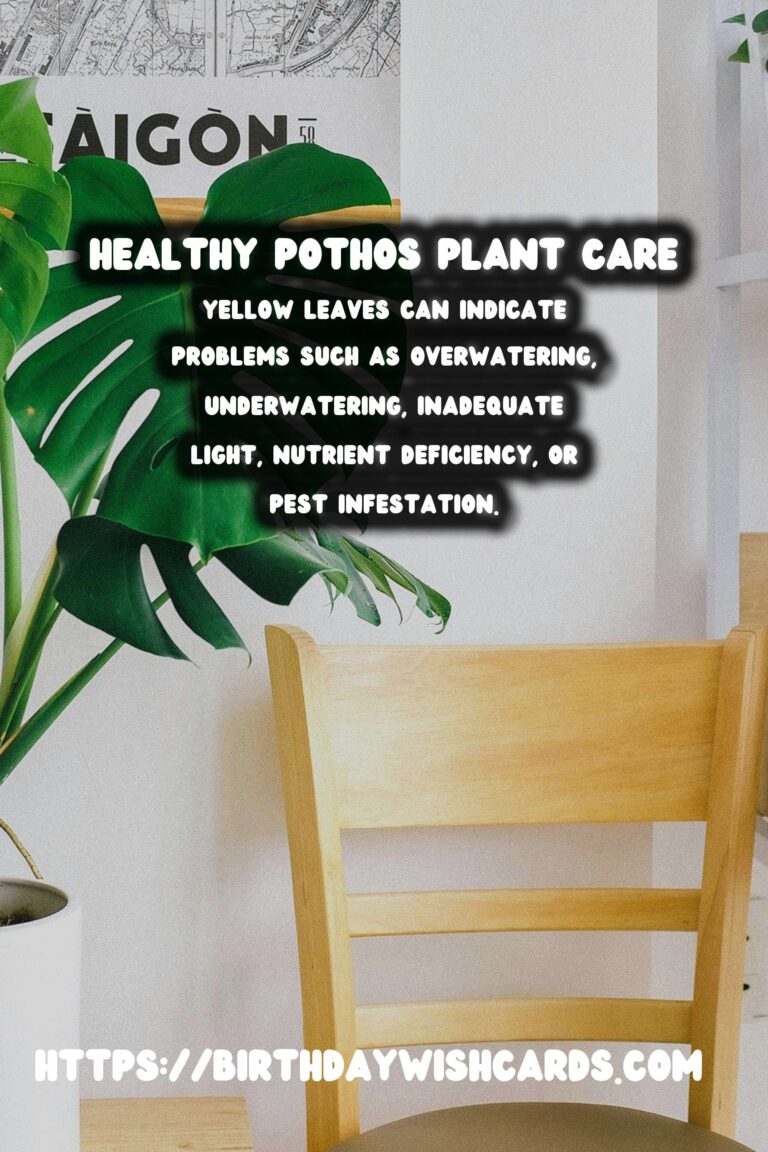
Pothos plants, also known as Devil’s Ivy, are popular houseplants due to their hardiness and appealing aesthetics. However, even these resilient plants can sometimes exhibit yellowing leaves, which may be a signal of underlying issues. Understanding the causes and solutions for yellow leaves can help you maintain a thriving Pothos plant.
Common Causes of Yellow Leaves
Yellow leaves on Pothos plants can be attributed to a variety of factors. Identifying the root cause is the first step in restoring your plant’s health.
1. Overwatering
Overwatering is one of the most common reasons for yellowing leaves. Pothos prefer their soil to dry out between waterings. Constantly wet soil can lead to root rot, which manifests as yellow leaves. Ensure that your pot has drainage holes, and only water when the top inch of soil feels dry.
2. Underwatering
Conversely, underwatering can also cause leaves to yellow and drop. Pothos plants are somewhat drought-tolerant, but they thrive with consistent, even moisture. If your plant is wilting or the soil is pulling away from the pot’s edges, it might be time for a good soak.
3. Inadequate Light
Pothos thrive in bright, indirect light. If your plant is receiving too little light, it may start to lose its vibrant green color. Conversely, too much direct sunlight can scorch the leaves, also causing them to yellow. Aim for a balance of light for the best results.
4. Nutrient Deficiency
A lack of essential nutrients can lead to yellowing leaves. If you haven’t fertilized your Pothos recently, consider using a balanced, water-soluble fertilizer during the growing season to provide necessary nutrients.
5. Pests
Pests such as spider mites and mealybugs can infest Pothos plants, causing damage that leads to yellowing. Regularly inspect your plant for any signs of pests and treat with insecticidal soap or neem oil if necessary.
Preventative Measures and Solutions
Once you have identified the cause of the yellowing, you can take steps to prevent further damage and encourage new growth.
Proper Watering Practices
Adopt a consistent watering schedule, allowing the soil to partially dry out between waterings. Adjust the frequency based on the season and humidity levels in your home.
Optimizing Light Conditions
If your Pothos is not receiving enough light, consider moving it to a brighter location. If it’s exposed to too much direct sunlight, find a spot with filtered light.
Nutrient Management
Incorporate regular fertilization into your plant care routine during the growing months. Avoid over-fertilizing, as this can lead to salt buildup and further leaf damage.
Pest Control
Maintain vigilance against pests by regularly inspecting your plant. Clean leaves gently with a damp cloth to remove dust and any potential pest eggs.
Conclusion
Yellow leaves on a Pothos plant can be a distress signal, but with careful attention to watering, light, nutrients, and pest control, you can restore your plant’s health and enjoy its lush greenery. Remember, a thriving Pothos is a testament to balanced care and a keen eye for its needs.
Pothos plants are popular houseplants known for their resilience and aesthetic appeal. Yellow leaves can indicate problems such as overwatering, underwatering, inadequate light, nutrient deficiency, or pest infestation. Proper watering, light management, and pest control are essential for maintaining healthy Pothos plants. Identifying the cause of yellow leaves is crucial for restoring the plant’s health. Regular fertilization during the growing season can prevent nutrient deficiencies. 
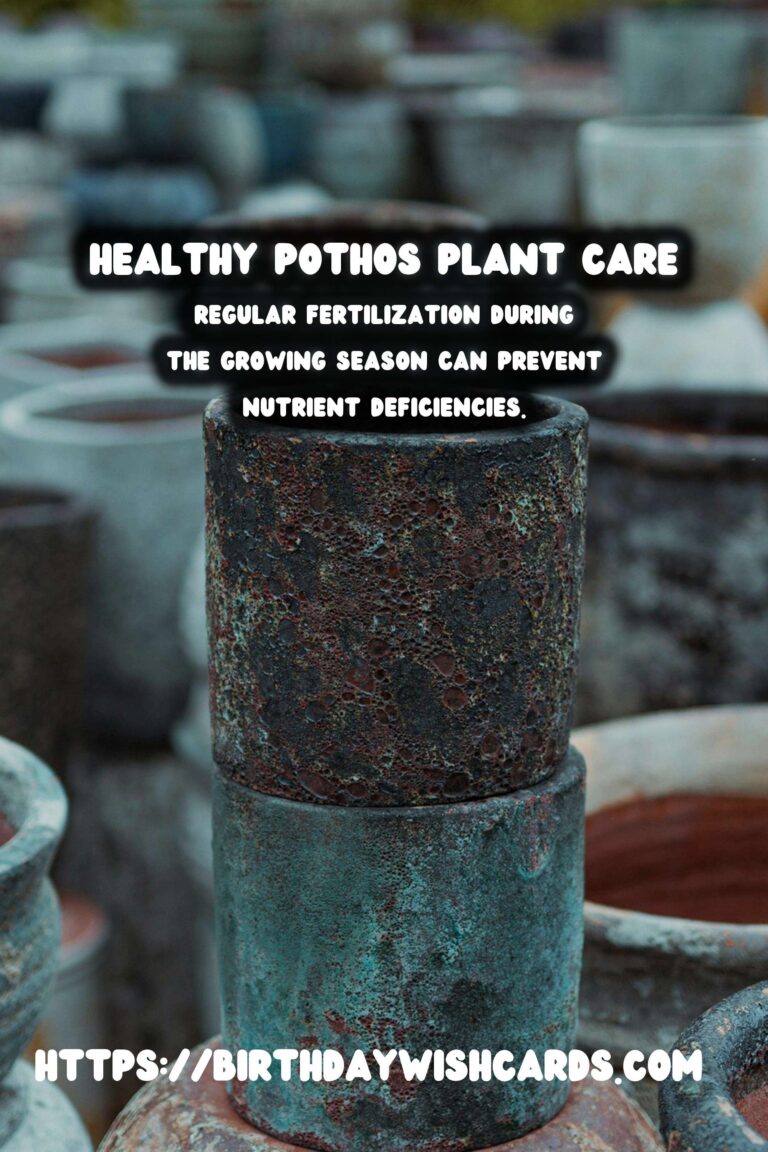
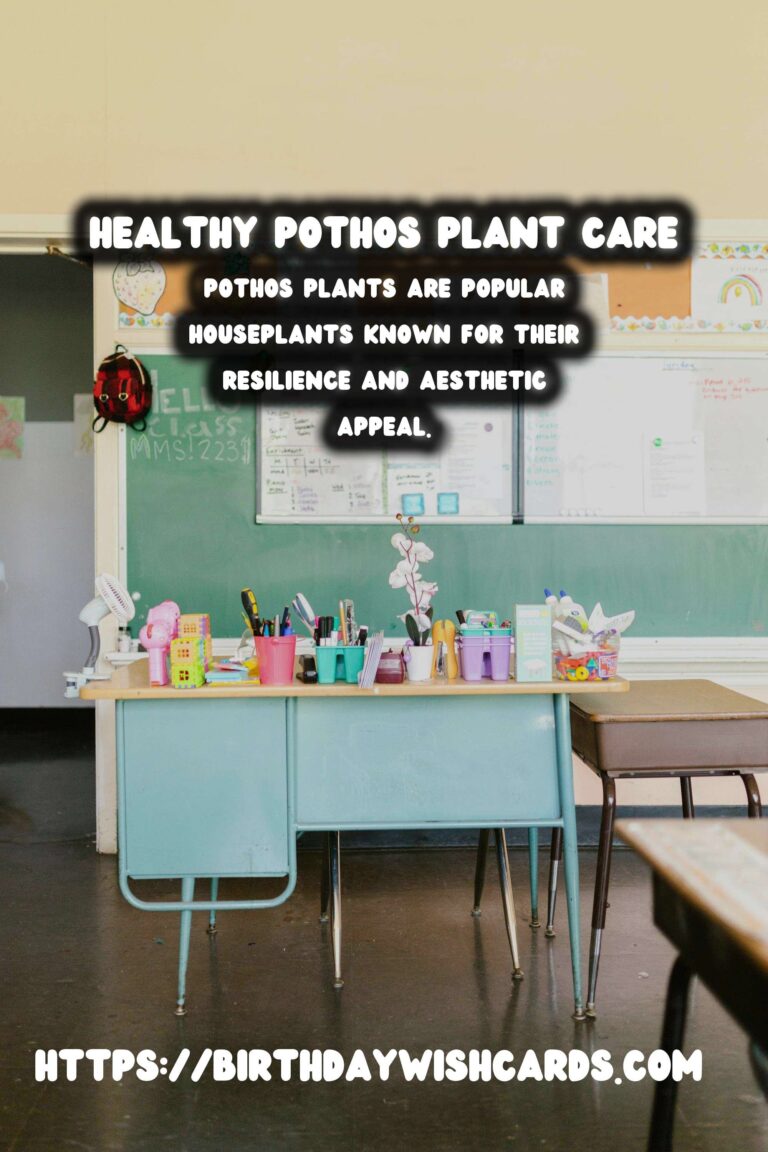
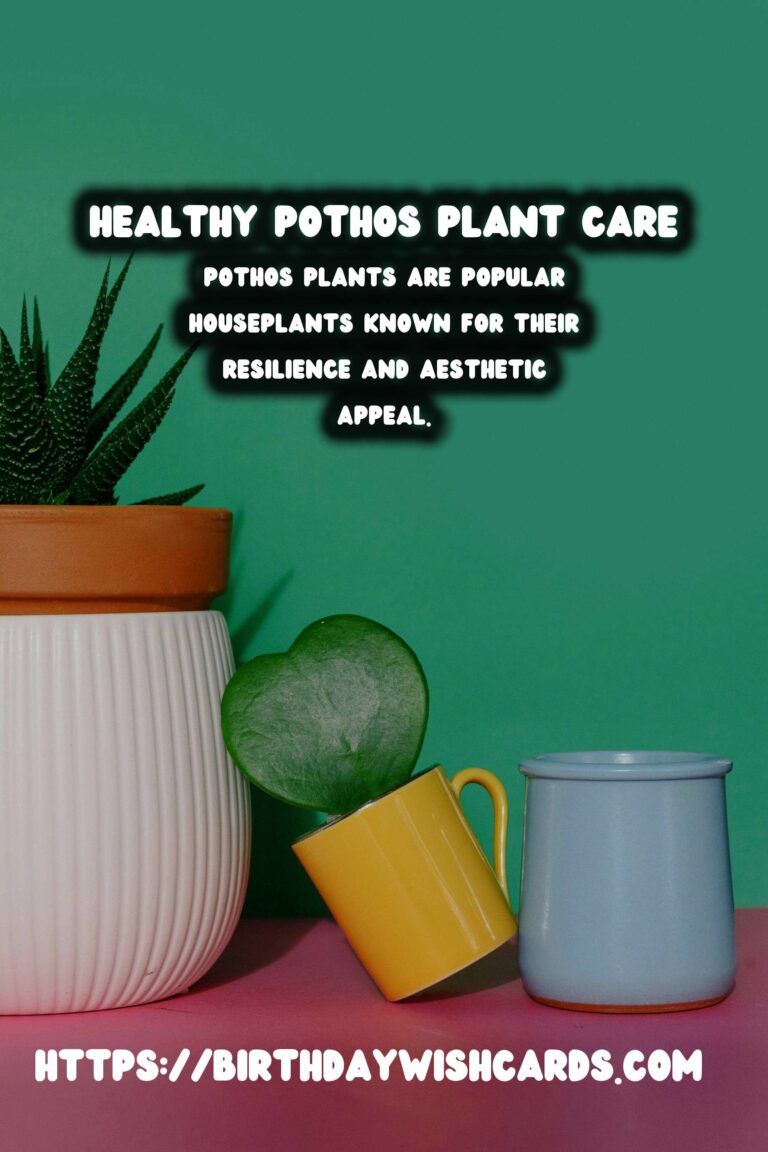
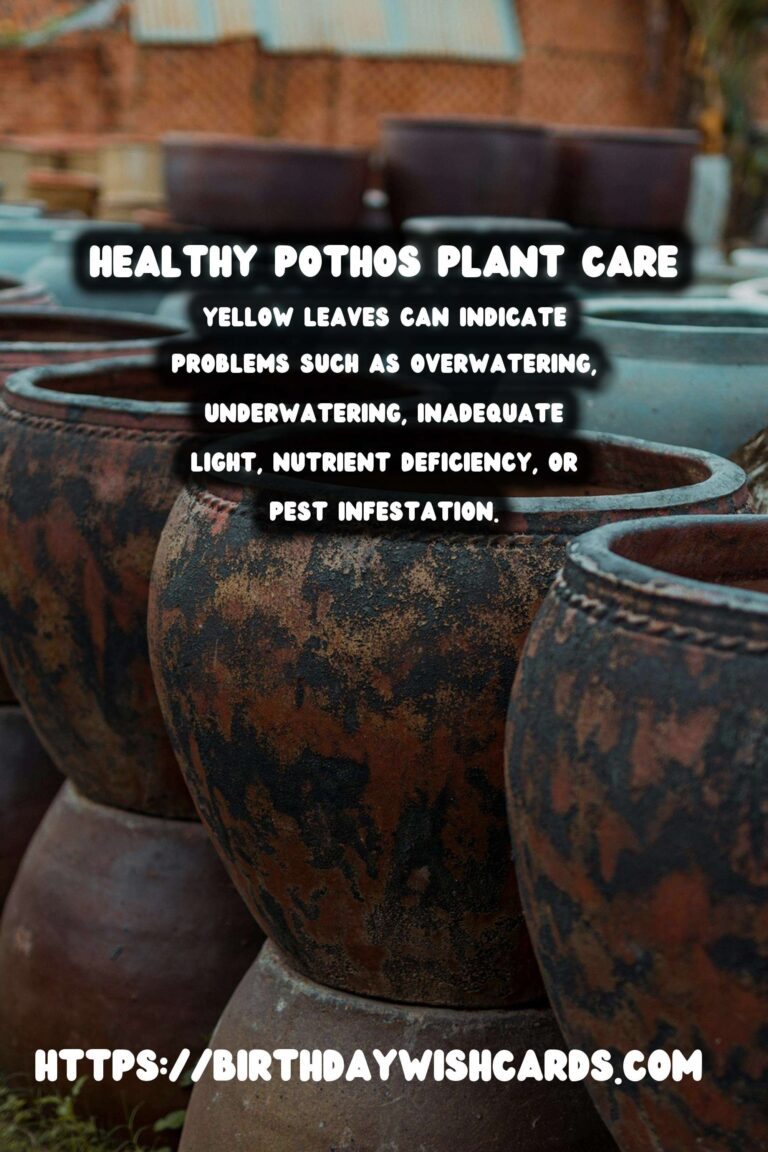
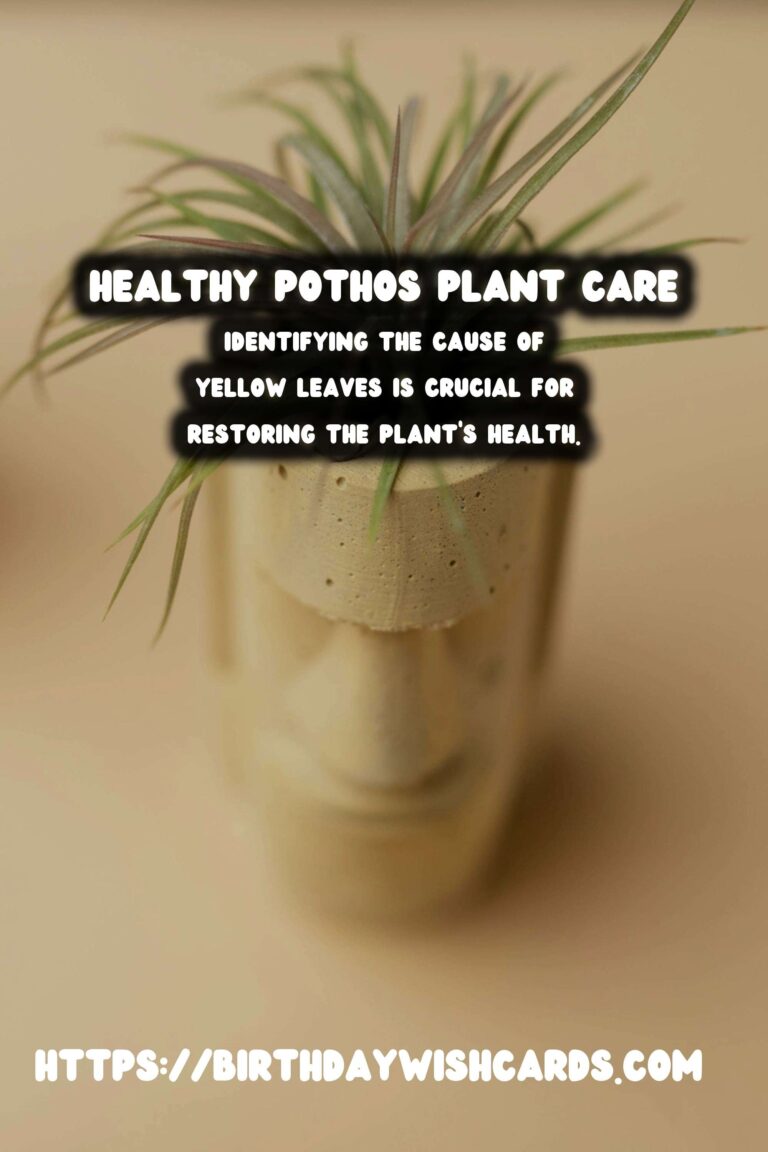
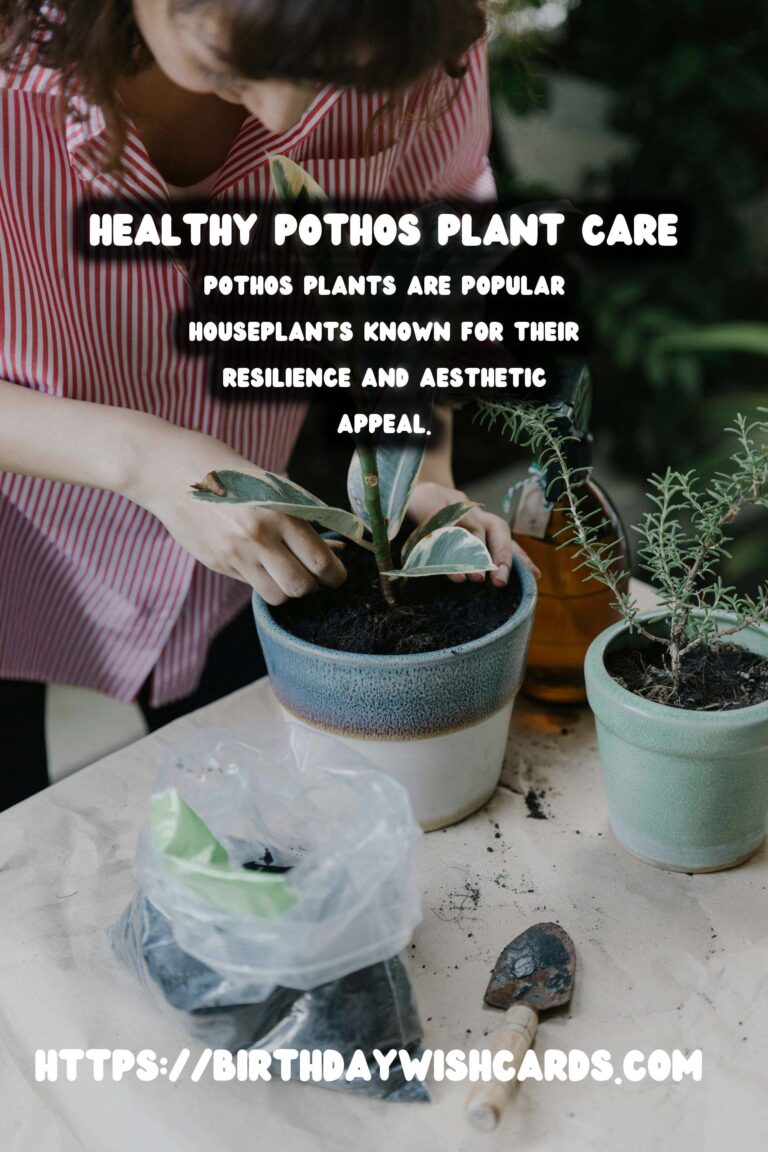
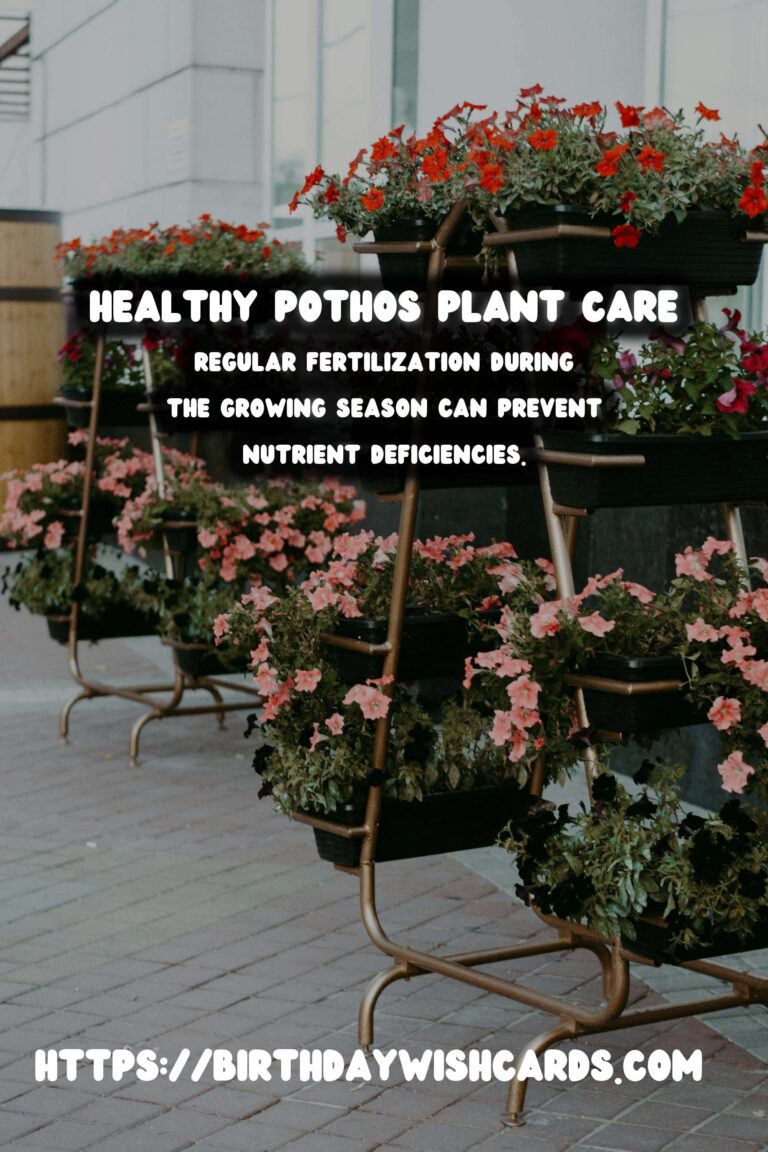

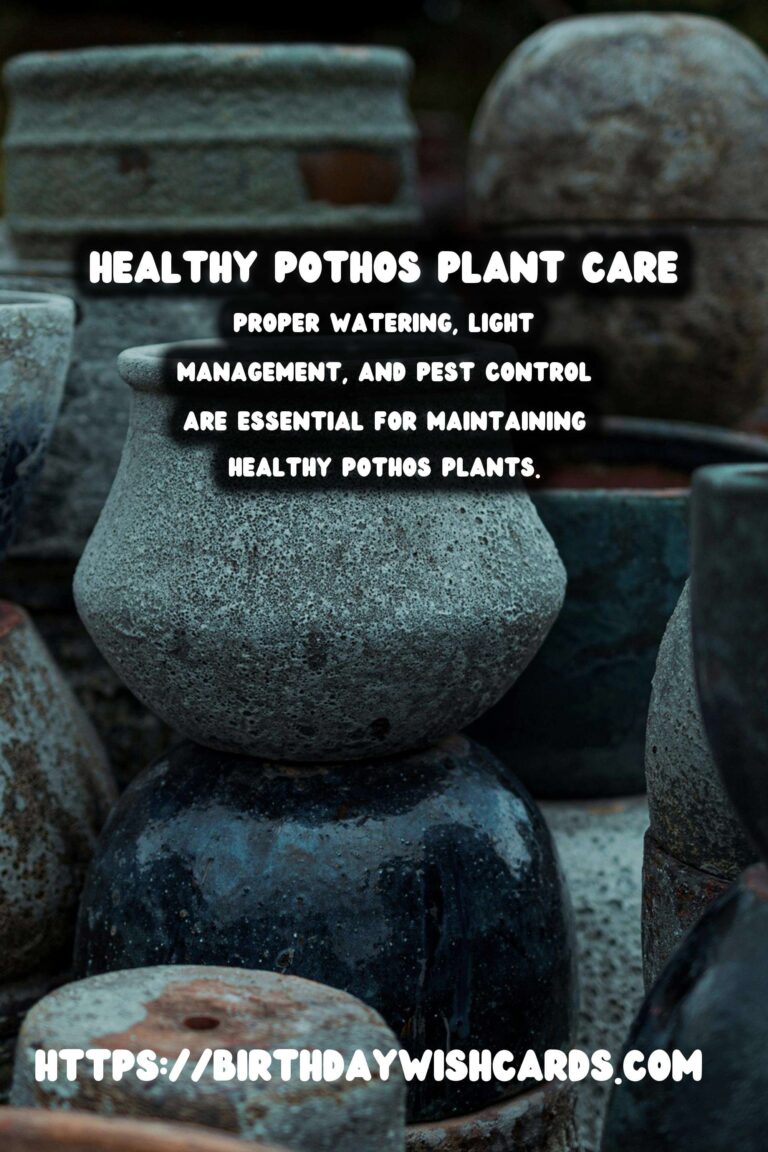
#Pothos #PlantCare #Houseplants #Gardening #IndoorPlants




